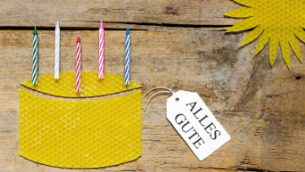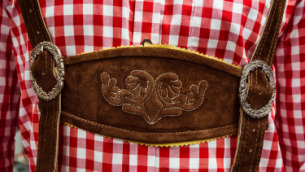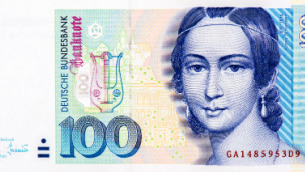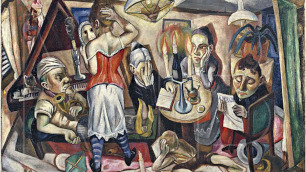an | An means at or up to and against, like a chair pushed in at a table.
|
auf | Auf indicates something is upon something else, like a teddy bear sitting on a table. There must be contact between the two items.
|
hinter | Hinter means behind, exactly like we think of it in English.
|
in | In is very literal in German, like coffee in a canister or a person standing in a room.
|
neben | Neben means next to. Your pen is lying next to your notebook, in which case it is neben your notebook.
|
über | Über indicates above and there is no contact between the items. If you look up and see a bird, the bird is über your head.
|

























